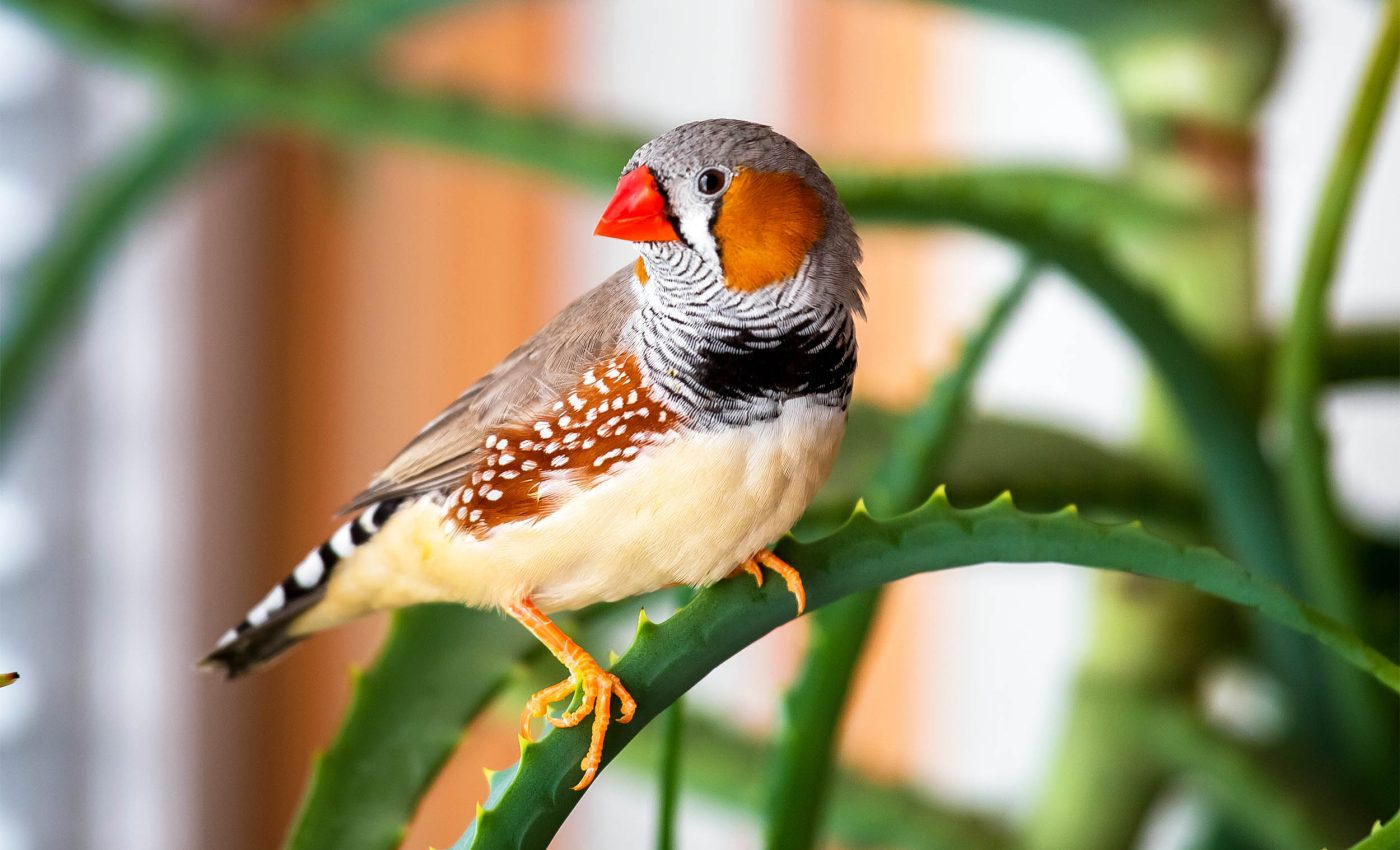
Birds learn songs by copying their favorite melodies from other birds
It happened when researchers examined the puzzle of how young zebra finches pick mentors for learning new sounds. These curious birds sometimes face competing choices but still pick certain older zebra finches as role models.
Tomoko Fujii and Masashi Tanaka from Waseda University observed a behavior in zebra finches where the youngsters often gravitate toward tutors who sing for longer stretches.
These young males appear to care less about how often the teacher sings and more about quality time spent listening.
Social learning in finches
Zebra finches are small, social songbirds found mostly in Australia. Many researchers use them to study vocal development because these birds learn by copying more experienced finches during a brief developmental window.
They hear complex melodies, store them in memory, and practice until they can produce a near match. Once their songs take shape, these patterns rarely change, which makes them useful for investigating learning styles.
In many ways, this process is similar to how human babies pick up speech sounds from caregivers. That parallel has drawn special interest in the biology of finch brains.
Some scientists track the finch’s daily progress to watch subtle shifts in the notes they repeat. These shifts hint at the mental adjustments they make after each tutoring session.
Amygdala guides tutor choice
The amygdala is often discussed in connection with emotions, motivation, and social interactions in mammals. Researchers wondered if this structure served a comparable role in birds.
In this new study, scientists removed that region in young male finches and watched how it influenced social preferences.
The young birds still managed to imitate their teachers’ songs but showed a less predictable pattern of tutor selection.
This suggests that the amygdala does not directly handle song production or mimicry skills. It seems to shape the urge to focus on one tutor over another.
The results shine a light on social learning, hinting that the amygdala steers social choices even if it does not hamper the bird’s ability to master new notes.
Finches learn better with social bonds
Social motivation can dictate whose example a youngster follows. It can also influence how well the bird’s final tune matches the source.
Finches that really latch onto one teacher tend to produce clear imitations. When that attachment weakens, they may not give as much attention to a single mentor, resulting in more varied copying.
It is possible that certain birds with an altered amygdala roam among different tutors without forming a strong bond. That lack of focus could shuffle which song pattern they end up practicing the most.
Some observers think this approach-avoidance pattern may apply to other behaviors. Future data may show whether that region helps them pick favored flock mates beyond the singing context.
Finches help us learn about humans
Rodent studies have shown that amygdala activity affects social engagement and emotional learning. This has been explored by giving mice tasks that measure how they respond to peers or stressful events.
The new work on zebra finches might strengthen those mammalian findings by offering a different vantage point. Birds do not share all brain structures with mammals, yet they can display parallel behaviors.
For humans, the amygdala is often linked with the ability to read facial expressions, understand social signals, and process fear. Scientists have long tried to connect these concepts with language development.
If the amygdala’s function in birds is to modulate social learning, it raises questions about how certain early-life experiences might shape speech acquisition in children. It also hints that multiple species rely on motivation to guide whom they imitate.
What researchers will test next
Some experts hope to see whether partial lesions or subtle chemical changes produce the same effect in other birds. Others want to see if repeated interactions with the same tutor might strengthen or weaken a finch’s approach.
Researchers also wonder about the possibility of reversing these amygdala disruptions to restore normal selection patterns. There may be ways to modulate brain chemistry to spark more consistent tutor preferences.
The next step could be to compare multiple species of songbirds and see if each uses similar neural pathways for social learning. These comparisons might uncover brain components unique to specific species.
Wider testing may also reveal how hormone levels or environmental factors interact with neural changes. That added layer of detail might show why some finches keep returning to a single teacher.
How imitation shapes behavior
Learning by imitation is widespread across the animal kingdom. It shapes behavior from primate grooming rituals to complex dances in certain bird species.
This study underscores the importance of a guiding force behind selective imitation. It suggests that even in a small songbird, a specialized brain region can sway how social preferences form.
Some humans with atypical social skills may have insights to gain from these bird observations. If the amygdala in birds is a core part of social choice, it might help us untangle similar processes in human social development.
Many who follow neuroscience find this example of finch learning to be a valuable blueprint for future human studies. It combines clear behavioral changes with an accessible brain structure.
The study from Waseda University is published in JNeurosci.
—–
Like what you read? Subscribe to our newsletter for engaging articles, exclusive content, and the latest updates.
Check us out on EarthSnap, a free app brought to you by Eric Ralls and Earth.com.
—–













